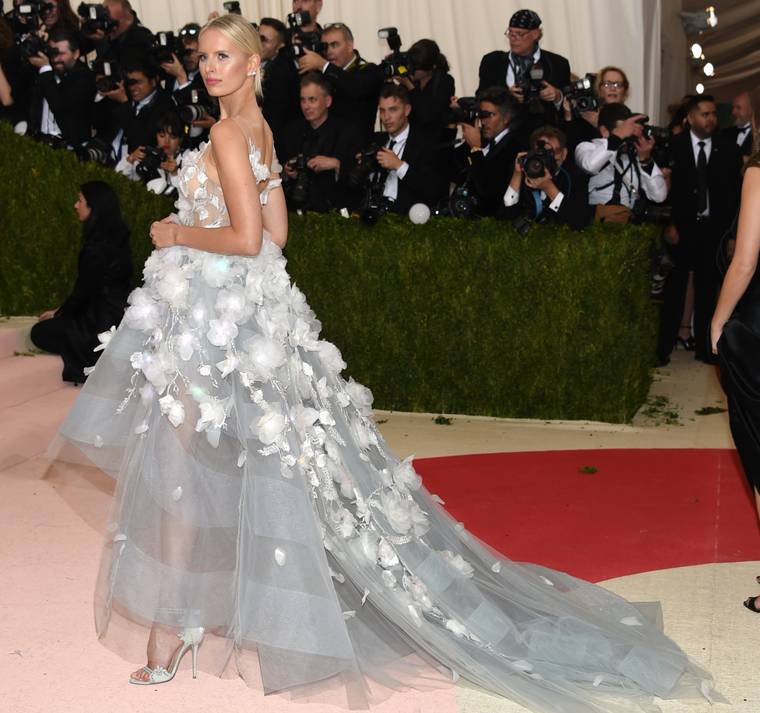
You are casually scrolling through Instagram and your favorite influencer is wearing a very cute top. However, she did not mention in the description where she bought that top. You try looking at the comment section, but with no result. You go to your favorite online stores and type in a few keywords: “no styles found”. You try different keywords, but the results are far from what you had in mind. Defeated you stop your search. Everyone that shops online has encountered this problem. Companies are now exploring different options to make your hunt a bit easier. One of those options is visual search.
With visual search you can just upload that picture of the top you liked in a search engine of a web shop. The web shop will then give you recommendations based upon items that look most similar to the top you wanted. Easy, isn’t it? This will significantly improve customer search experience (Visenze.com, 2017), so it is not a surprise that some companies are already making use of this technology; ASOS for example. The online clothing company just added a visual search feature to their IOS app where users can search for clothes based upon a photo they upload to the app. The app will then look for the most similar alternative. Users said that the app did not find exactly what they were looking for, but found clothes with similar styles and patterns (Lomas, 2017).
A considerable number of companies believe that visual search is the future, so it is not surprising that some companies invest heavily in it. One of those companies is Google; with Google Lens they are trying to enter the world of visual search. Users can ultimately take a picture of everything, e.g. a restaurant, and Google will then return relevant information. Your mobile phone will basically change into a visual search engine. Since Google has a very big database it has the prospect to feed and improve the neural networks that are needed to make Google Lens work (Boyd et al., 2017). Furthermore, Pinterest will also launch their visual search engine called Pinterest Lens. Pinterest users can use the app to take a picture to find what they were looking for. The Pinterest search engine is known for its accuracy, and it works especially well with clothes and household items (Boyd et al., 2017).
Visenze.com. (2017). Visual search technology: Why should retailers care?. [online] Available at: https://www.visenze.com/blog/visual-search-technology-why-should-retailers-care [Accessed 29 Sep. 2017].
Lomas, N. (2017). Asos adds search-by-photo to its fashion ecommerce app. [online] TechCrunch. Available at: https://techcrunch.com/2017/08/10/asos-adds-search-by-photo-to-its-fashion-ecommerce-app/ [Accessed 29 Sep. 2017].
Boyd, C., Boyd, C., DiSilvestro, A., Boyd, C. and Moore, J. (2017). Everything you need to know about visual search (so far) | Search Engine Watch. [online] Searchenginewatch.com. Available at: https://searchenginewatch.com/2017/07/05/everything-you-need-to-know-about-visual-search-so-far/ [Accessed 29 Sep. 2017].
Econsultancy. (2017). How visual search is helping ecommerce brands. [online] Available at: https://econsultancy.com/blog/68984-how-visual-search-is-helping-ecommerce-brands [Accessed 29 Sep. 2017].

